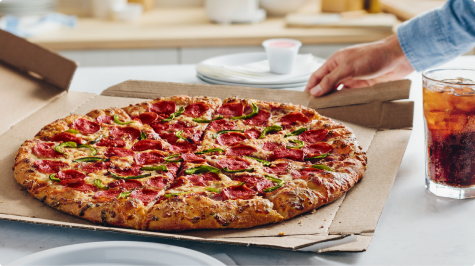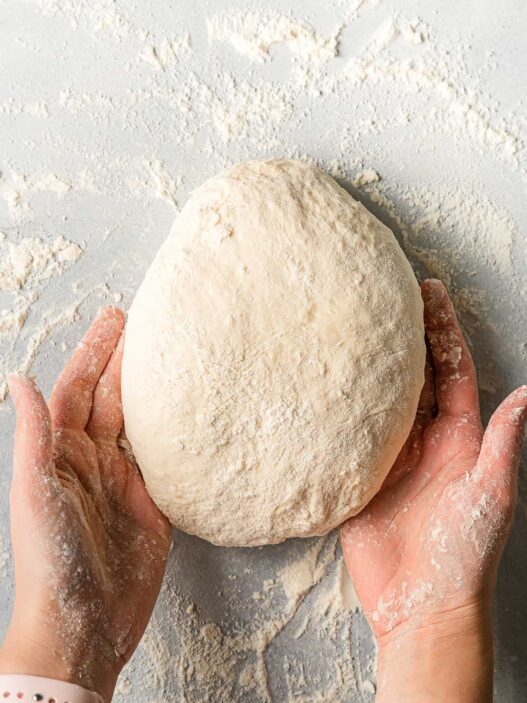Few foods have conquered the world like pizza. From the wood-fired ovens of Naples to late-night slices in New York City, pizza has transformed from a humble street snack into a global comfort food icon. But how did this dish, once dismissed as peasant fare, become a billion-dollar industry and one of the world’s most beloved meals?
This journey blends pizza history facts, immigration, post-war prosperity, and the relentless creativity of pizzaiolos who kept pushing the craft forward. Today, pizza connects cultures, sparks nostalgia, and fuels innovation in kitchens everywhere.
The Humble Beginnings in Naples
The story begins in 18th-century Naples, a bustling port city where working-class residents needed affordable, filling meals. Flatbreads topped with tomatoes, cheese, and herbs were cheap, portable, and flavorful—the perfect street food.
One legendary tale dates to 1889, when pizzaiolo Raffaele Esposito created the Margherita pizza to honor Queen Margherita of Savoy. Its red tomatoes, white mozzarella, and green basil symbolized the Italian flag, cementing pizza as a symbol of national pride.
What started as nourishment for the poor became the cornerstone of Italian culinary heritage, eventually spreading across borders as Neapolitans emigrated in search of opportunity.
Pizza Crosses the Atlantic
By the early 1900s, Italian immigrants brought pizza to American cities like New York, Chicago, and Boston. At first, it was a niche food sold in immigrant neighborhoods. But as demand grew, the first U.S. pizzerias appeared—Lombardi’s in New York, opened in 1905, is still operating today.
Industrial ovens, urbanization, and a growing appetite for quick meals helped pizza thrive. Soldiers returning from World War II, who had tasted pizza in Italy, fueled demand back home. By the 1950s, pizza was no longer just an immigrant dish—it was an American obsession.
The Rise of Pizza Chains
The 1960s and 70s saw the emergence of pizza delivery giants like Domino’s and Pizza Hut. These chains revolutionized access to pizza, turning it into a convenient, family-friendly staple. Innovations like pizza delivery software and streamlined production methods made it possible to serve pizza anywhere, anytime.
For shop owners today, embracing technology—whether through a pizza POS system, customer loyalty programs, or third-party pizza delivery apps—is the modern echo of those early innovations.
Pizza as Global Comfort Food
Why does pizza resonate so universally? Experts point to a few key reasons:
- Simplicity: At its core, pizza is dough, sauce, and cheese—ingredients that are globally available and infinitely adaptable.
- Customization: Whether it’s pepperoni in the U.S., seafood toppings in Japan, or plant-based alternatives for modern diets, pizza reflects local tastes.
- Emotional connection: Shared meals create memories. Pizza parties, family dinners, and game nights reinforce its role as comfort food.
As food historian Carol Helstosky notes, “Pizza’s appeal lies not just in its flavor but in its ability to adapt to the cultural fabric of every society it enters.”
Modern Trends in Pizza Culture
The past two decades have seen a pizza renaissance, driven by both home cooks and professional pizzaiolos.
Artisanal Pizza Ingredients
The farm-to-table movement has elevated pizza to gourmet status. From artisanal pizza ingredients like buffalo mozzarella and heirloom tomatoes to locally sourced flour, quality is now at the forefront. You can explore ingredient suppliers here.
Best Home Pizza Ovens
The rise of the best home pizza ovens has empowered enthusiasts to recreate Neapolitan-style pies in their kitchens. Tools like pizza stones, peels, and infrared thermometers are now essential pizza making tools for serious home bakers.
Plant-Based Pizza Revolution
The demand for vegan cheese, gluten-free crusts, and sustainable toppings has given rise to entirely new categories. Sustainable pizza sourcing—from organic farms to eco-friendly packaging—is now a major focus for suppliers.
Making Pizza at Home
For those inspired to make pizza at home, the starting point is always the dough. A reliable pizza dough recipe forms the backbone of every great pie. Pair it with a pizza stone or a portable oven like the Ooni , and you can achieve blistered crusts worthy of Naples.
Pro Tip: Let your dough ferment for at least 24 hours. This not only develops flavor but also improves texture, giving you that perfect airy yet chewy bite.
Pizza Shop Owners: Staying Ahead
Running a pizzeria today means competing with both neighborhood shops and multinational brands. Here are three strategies every owner should consider:
- Smart POS Systems: Invest in a reliable pizza POS system that integrates sales, labor, and delivery.
- Marketing Strategies: Social media storytelling, customer loyalty apps, and SMS campaigns keep your shop top of mind. Explore pizza shop marketing strategies to build stronger communities.
- Sustainability Practices: Eco-friendly packaging and sourcing resonate with modern consumers, especially Gen Z diners.
For bulk orders of flour, sauce, or cheese, check out trusted bulk pizza ingredient suppliers.
Frequently Asked Questions (FAQ)
Why is pizza considered comfort food?
Pizza is universally comforting because it combines familiar flavors, customizable toppings, and communal eating experiences. It’s tied to positive emotions like celebrations and family gatherings.
What is the best home pizza oven for beginners?
The Ooni Karu and Breville Smart Oven Pizzaiolo are two of the best home pizza ovens for beginners. Both deliver restaurant-quality results at home and can be found here.
What are the most important pizza making tools?
Essential pizza making tools include a peel, pizza stone, dough scraper, and infrared thermometer. You can grab these kitchen must-haves here.
Where can I find a reliable pizza dough recipe?
You can find a tested and delicious pizza dough recipe here.
How can pizzerias source sustainable ingredients?
Pizzerias can source sustainably by buying from local farms, using seasonal produce, and working with certified sustainable pizza suppliers.
Pizza’s Future: Innovation Meets Tradition
Pizza’s history is proof that simple food can carry profound cultural weight. From feeding dockworkers in Naples to fueling esports tournaments in Seoul, pizza remains endlessly adaptable.
The future will likely bring automation in dough preparation, AI-driven pizza delivery software, and even lab-grown mozzarella. Yet, despite these innovations, the essence of pizza will always be about gathering people around a shared meal.
Disclaimer: This article contains affiliate links, which means Pizza Magazine may earn a commission if you make a purchase through them, at no extra cost to you. We only recommend products and services we genuinely believe in.






















